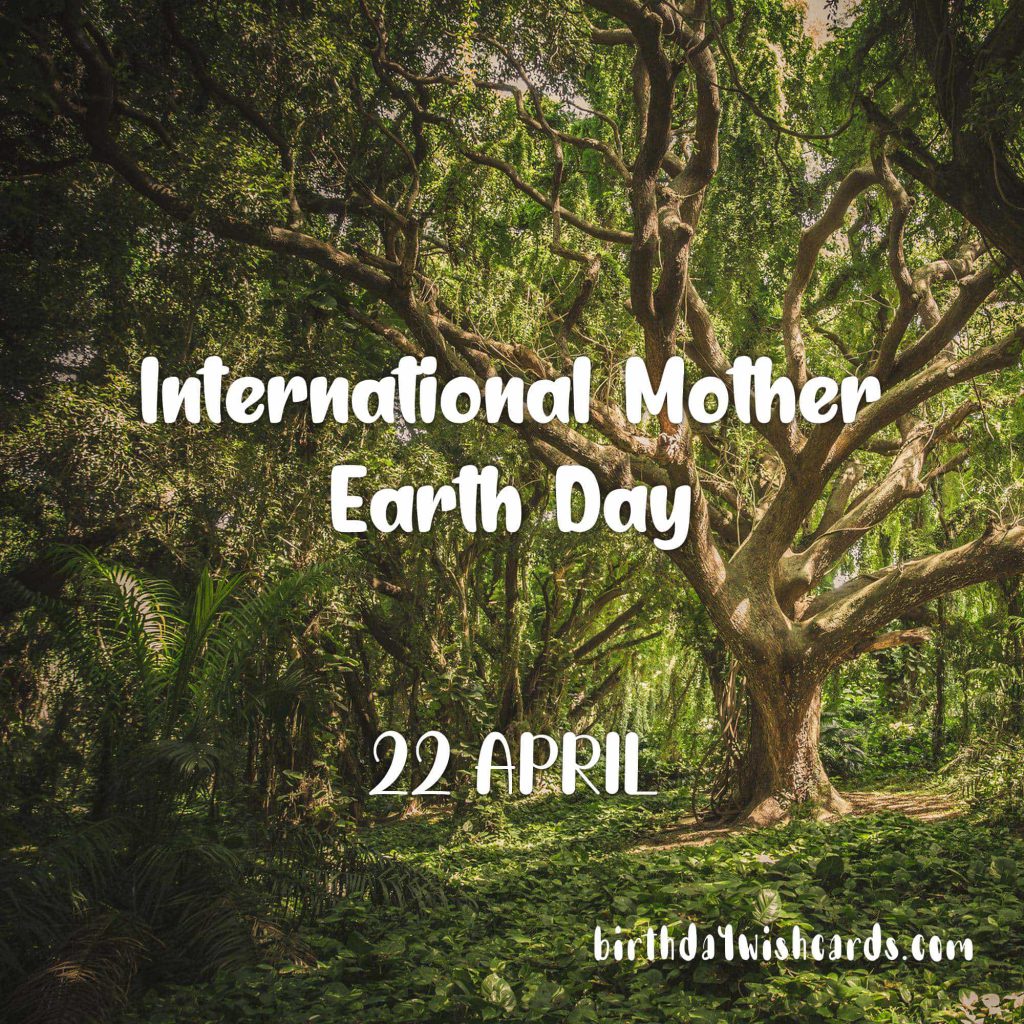
22 April: International Mother Earth Day – Celebrating Our Planet
Background of the Day
International Mother Earth Day is observed each year on 22 April, a date established by the United Nations General Assembly in 2009. The day serves to raise global awareness about the urgent need to protect our planet and promote ecological sustainability.
The roots of this observance reach back to the 1970s, when environmental issues were only beginning to appear on the public and political agenda. During this era, the world community started to recognize the critical importance of safeguarding the environment.
A landmark event was the UN Conference on the Human Environment in Stockholm in 1972. This gathering marked a turning point in global consciousness, highlighting the interconnectedness of humans, other living beings, and the Earth itself. Outcomes from the conference included the launch of World Environment Day (5 June) and the creation of the United Nations Environment Programme (UNEP).
Further progress came in 1992 at the Earth Summit in Rio de Janeiro, where representatives from over 178 countries adopted pivotal agreements such as Agenda 21, the Rio Declaration on Environment and Development, and the Statement of Principles for the Sustainable Management of Forests. This summit was the first major global meeting to put sustainable development at the center of international dialogue.
The Importance of Biodiversity
Biodiversity—the variety of life on Earth—is fundamental to healthy ecosystems and human well-being. Yet, there is increasing concern about the impacts of biodiversity loss and environmental change. Significant shifts in biodiversity can disrupt ecosystem functions and threaten vital services such as food production and clean water.
These changes have both direct and indirect effects on human health. Biodiversity supports food security, advances medical research, and sustains traditional medicine. It also influences the emergence and spread of infectious diseases, as changes in the distribution of plants, microbes, animals, and people—often driven by climate change—can alter patterns of disease transmission.
Mother Earth’s Urgent Message
Human activities such as deforestation, land-use change, intensive agriculture, animal husbandry, and illegal wildlife trade are accelerating environmental degradation and threatening biodiversity. These actions also increase the risk of zoonotic diseases—illnesses transmitted from animals to humans—with COVID-19 serving as a recent and powerful reminder.
According to the United Nations Environment Programme, about 75% of emerging infectious diseases in humans originate from animals. This underscores the deep and complex connections between human health, animal health, and the well-being of our planet’s ecosystems.
– UN Secretary-General António Guterres
